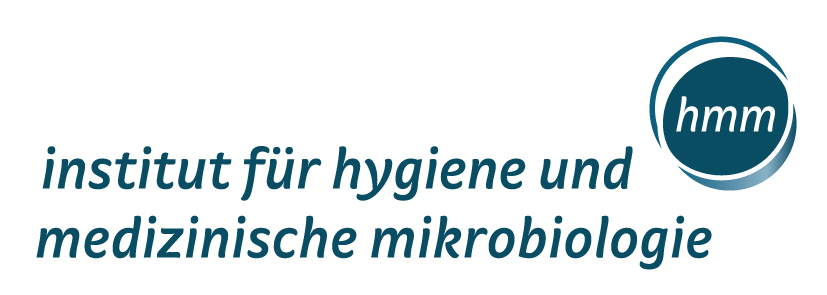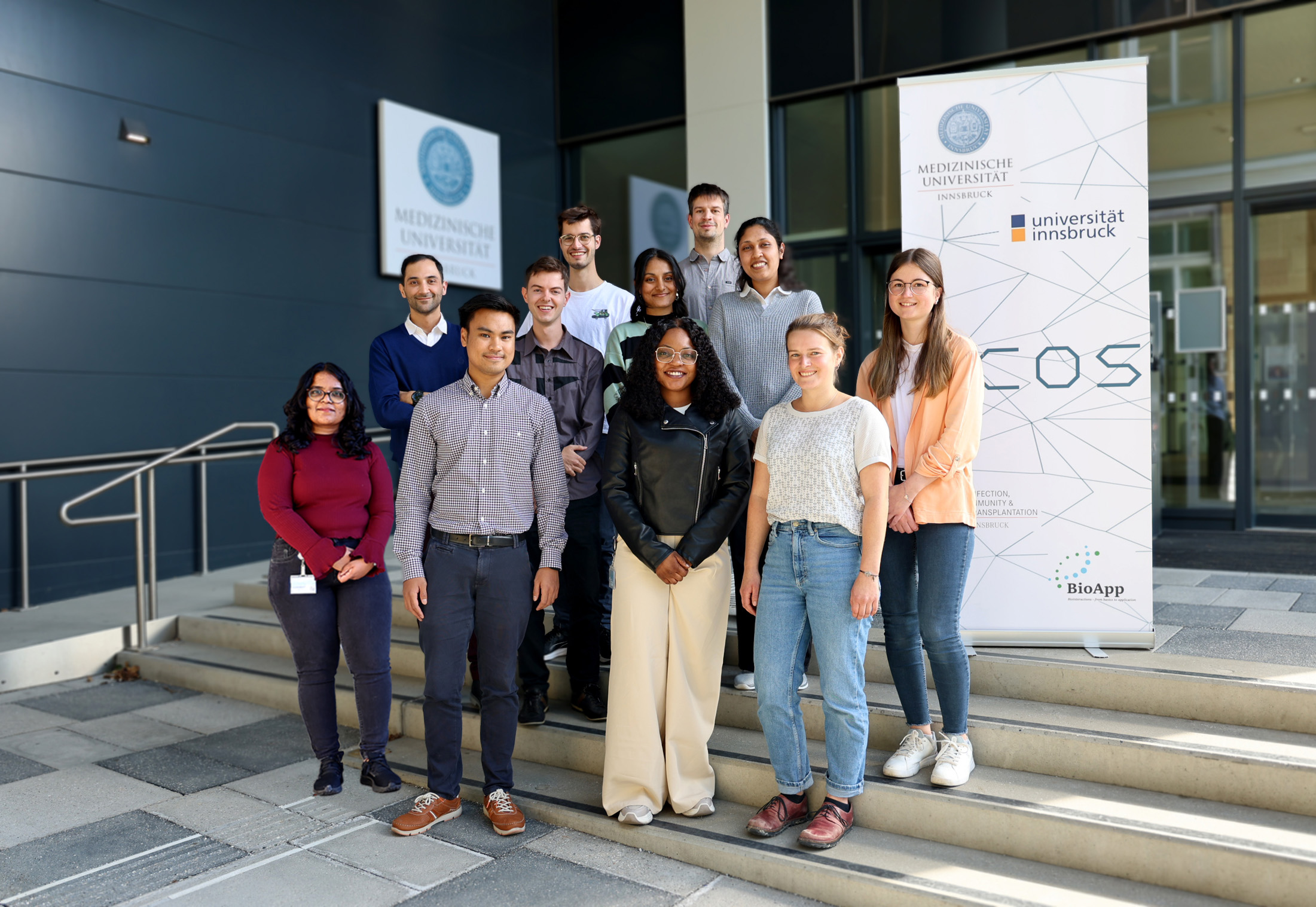Research Questions/Hypotheses
Intratumoral mycobiome affects the immune environment and response to immunotherapy and is modulated by components involved in resistance to antifungal treatments. The specific aims are (i) to identify intratumoral fungal factors (metabolites, tumor epitope mimicries) affecting the immune system or cancer immunotherapy response and (ii) to identify how components of the antifungal resistance mechanism can modulate this connection.
Approach/Methods
The major effort for the PhD student will be the development of computational analytical pipelines based on the NextFlow system for identifying fungal compositions. Starting from raw sequencing data (fastq files) reads will be mapped to the human host genome (hg38) by the STAR aligner and removed. Remaining high quality reads will be aligned using Kraken 2 to fungal genome sequences from the nt-database. Further analyses include OTU clustering, construction of phylogenetic trees, diversity and taxonomy analysis, and rarefaction curves. This should be available not only for ITS2 amplicon sequencing data but also for RNA sequencing data as used for gene expression profiling.







